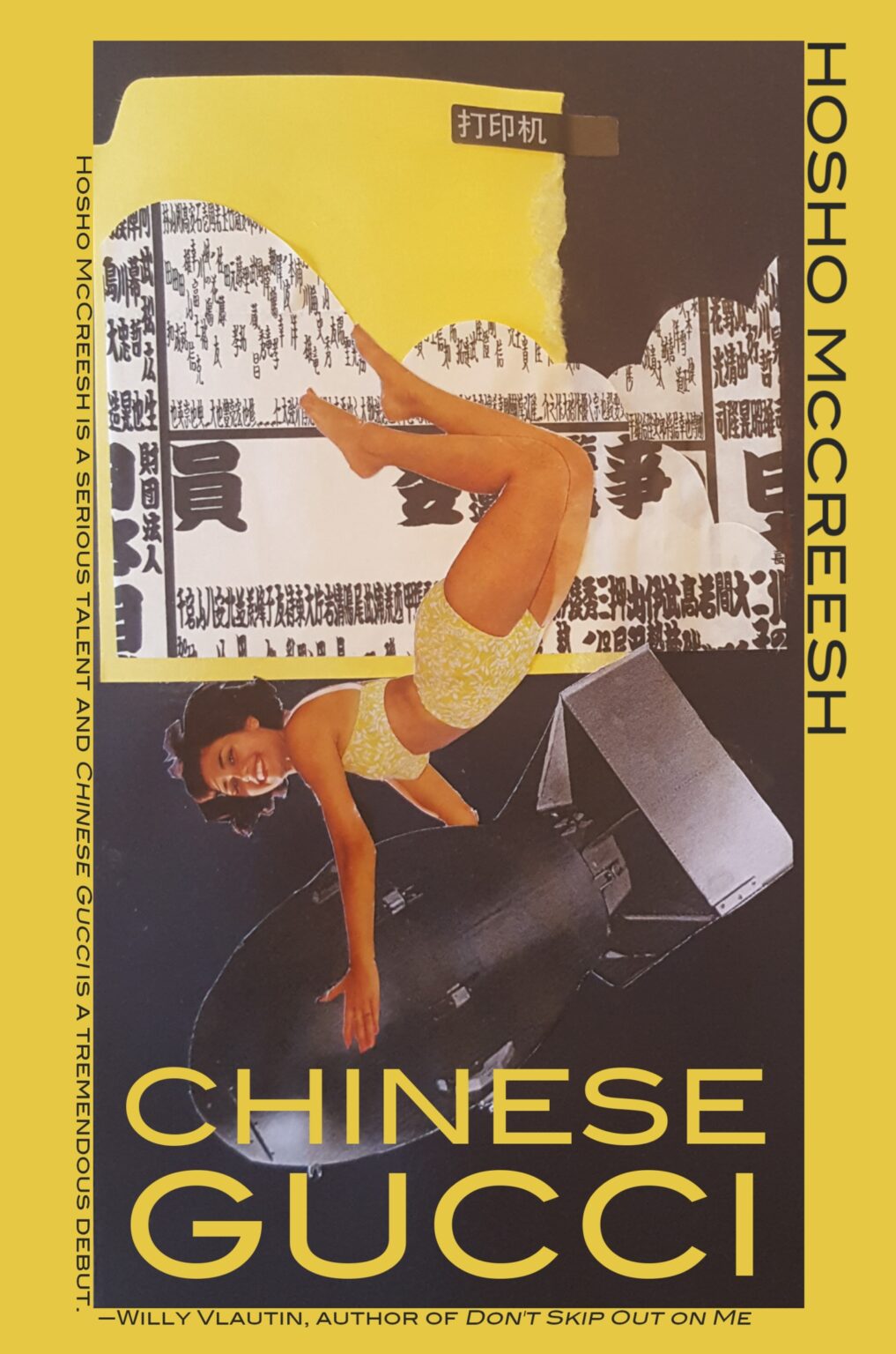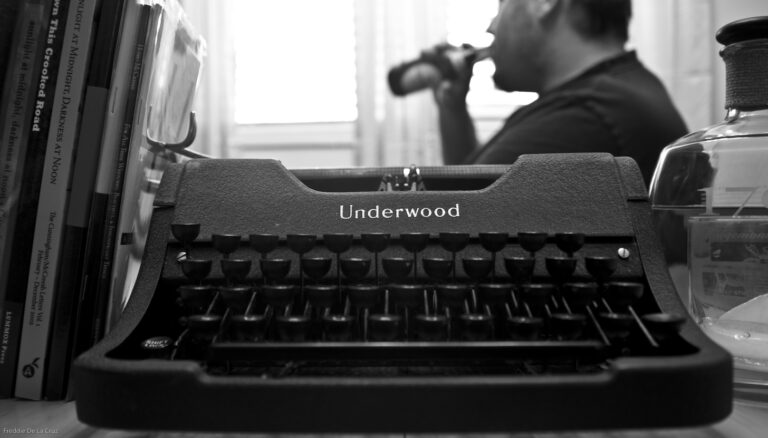Arts Interview: Books And Bags
Local Releases First Novel, Chinese Gucci


The author and his tools. Aside from writing, McCreesh is an artist. Some editions of Chinese Gucci are available as original collage.
Courtesy of Hosho McCreesh








